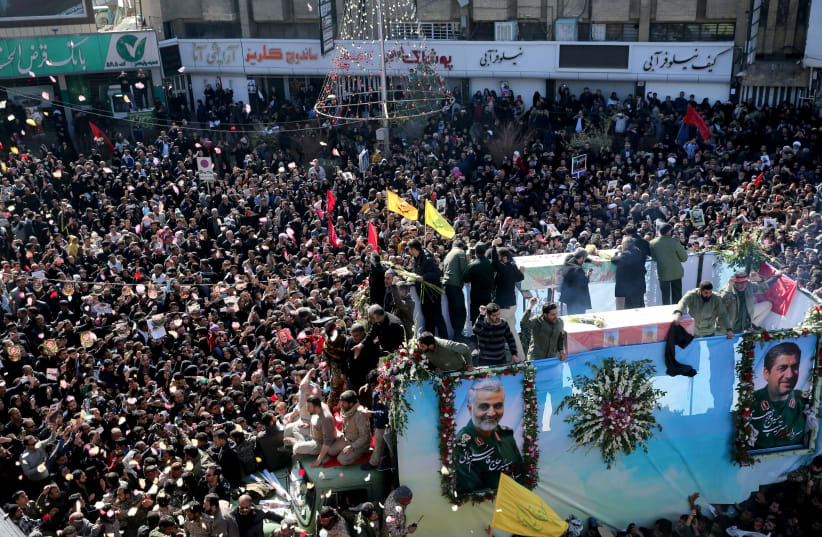“A bad man who killed tens of thousands of people including hundreds of Americans was blown up,” Editor-In-Chief of the Daily Wire, Ben Shapiro tweeted.“The guy who threatened another Holocaust of our people, and who had the means to try to carry it out, is gone. I hope that’s ok with you kids.” pic.twitter.com/0Wg2W2DLiU
— Seth Mandel (@SethAMandel) January 7, 2020
Who was Soleimani? According to Time, “Qasem Soleimani was a top military leader in Iran, a country in the Middle East.” The only time Soleimani is called a terrorist in the article is when Time writes that “President Donald Trump has called Soleimani a terrorist.”In addition to his terrorist status, Joyce attributes accusations that Soleimani “ordered attacks on American military and diplomats and was planning attacks against Americans in the Middle East,” to Trump. Joyce then specifies that Trump blames Soleimani for the December 27 rocket attack that killed an American civilian in Iraq and the December 31 attack on the US Embassy in Iraq.“US military leaders gave Trump several choices for how to respond to Iran’s actions. Killing Soleimani was considered the most extreme,”Joyce writes.When discussing Iran’s potential response to the event, Joyce frames it as Iran planning funerals, and Trump issuing warnings of retaliation.“On Jan. 3, President Trump warned Iran not to retaliate. If it does, he said, the U.S. is “ready and prepared to take whatever action is necessary.” A day later, Trump wrote on Twitter that the U.S. had targeted 52 Iranian sites, including places that are important to Iranian culture. But according to international law, strikes on cultural sites are illegal.”Joyce says that tensions between Iran and the US began in 1979 when 52 American citizens and diplomats were held hostage for over a year. Skipping to 2018, Joyce writes that tensions reignited when Trump backed out of the 2015 nuclear deal. There are no details about the years between 1980 and 2018.“When Trump pulled out of the agreement, the US put trade restrictions back in place. This has hurt Iran’s economy,” Joyce offers as an explanation as to why the US and Iran “don’t get along.”“The situation is dominating the news, and children who hear about it are likely to have lots of questions,” Joyce wrote. She insists that the guide is “not intended to be used as a script. It’s meant to arm you with the information you need if you choose to bring up the topic or if kids ask questions about it.”Joyce Avises cited another Time interview with Psychologist Paul Coleman, and suggests that parents “search for hidden questions or fears” and validate their children’s feelings.A bad man who killed tens of thousands of people including hundreds of Americans was blown up. https://t.co/mXukdA4d6B
— Ben Shapiro (@benshapiro) January 7, 2020
